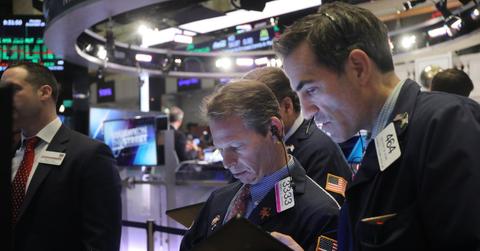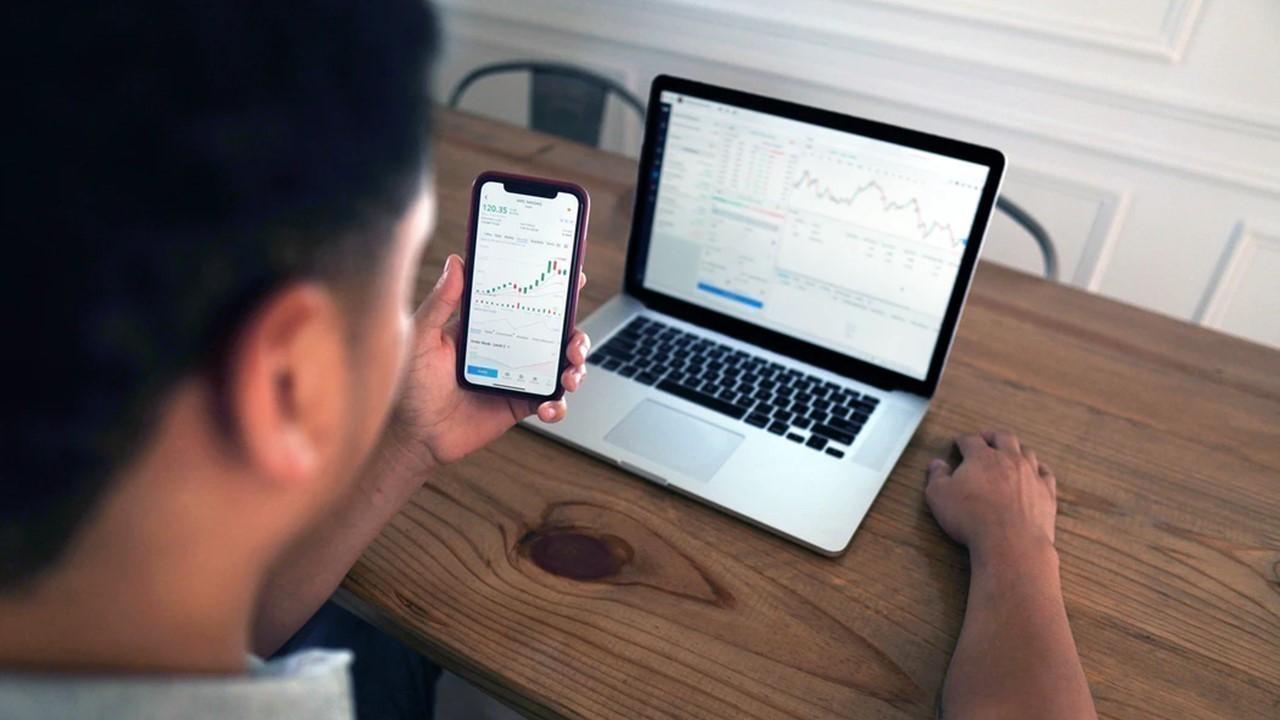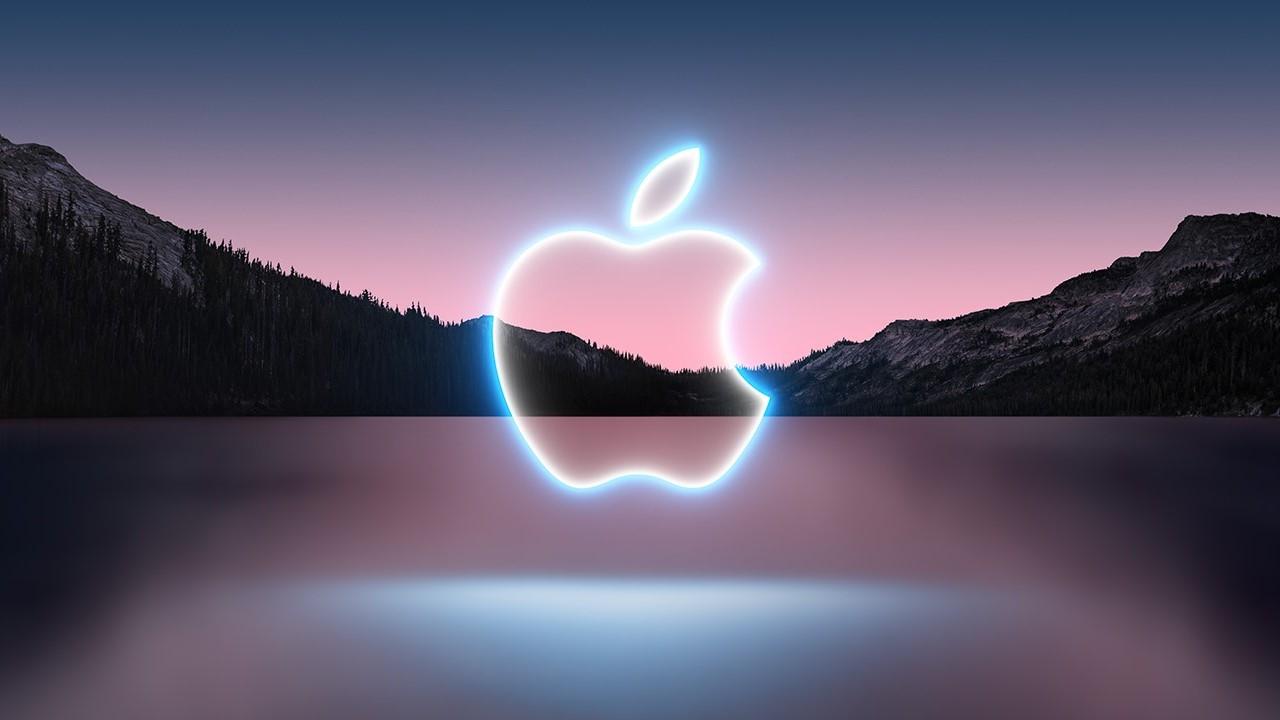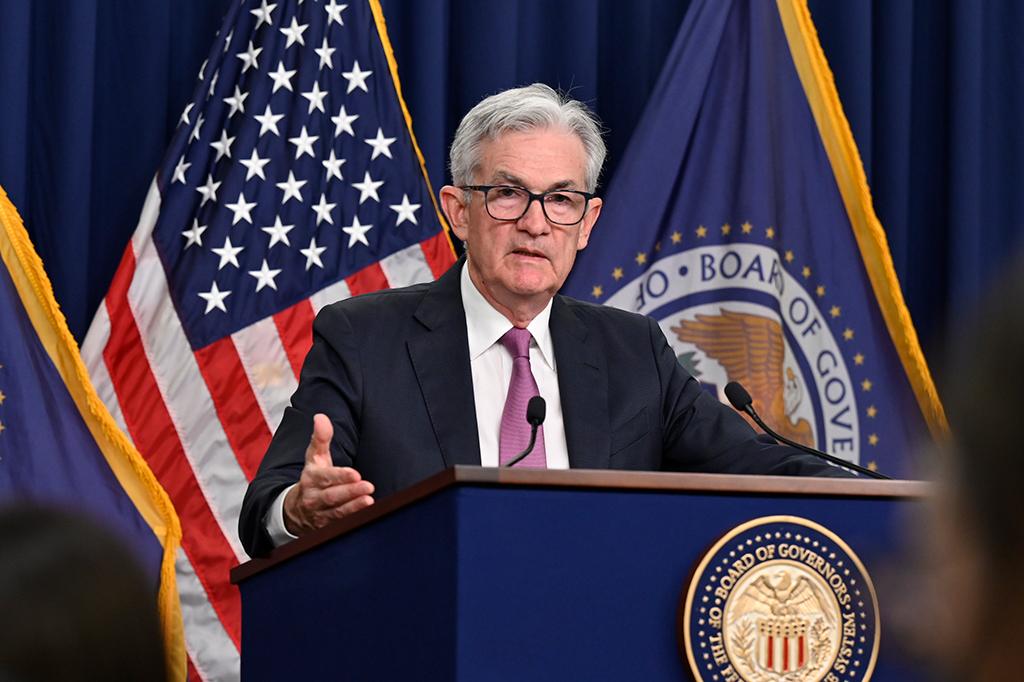Secular Growth or Cyclical: Which Stocks to Buy Now Amid Rate Hikes
What’s the difference between secular growth and cyclical stocks and which ones should you buy now amid the Fed’s rate hikes? Here's what to expect.
Aug. 1 2022, Updated 8:27 a.m. ET

In March 2022, Jim Cramer, the host of CNBC's Mad Money, advised investors to buy secular growth stocks and be cautious with cyclical companies. What’s the difference between secular growth and cyclical stocks and which ones should you buy now amid the Fed’s rate hikes?
The U.S. Federal Reserve raised rates by 25 basis points in March, which was the first interest rate hike since 2018. It raised the rates by 50 basis points at the next meeting. However, at the June meeting, the Fed raised rates by 75 basis points, which was the steepest pace since 1994.
The Fed isn't done with the rate hikes yet.
The June dot plot showed that the median year-end projections of the committee members are 3.4 percent. The projection was 1.5 percentage points above the March 2022 dot plot and meant that the Fed was looking to raise rates by another 175 basis points in 2022. As expected, the Fed raised rates by 75 basis points at the July meeting and kept the door open for another hike of the same quantum at the next meeting.
While U.S. stocks slumped after the June rate hike, they rose after the July FOMC meeting. Some market participants were expecting the Fed to raise rates by 100 basis points in July, something it hasn't done in decades. So, a 75-basis point rate hike was a relief to the markets.
What are secular growth stocks?
Secular growth stocks are companies that are witnessing long-term growth that's more or less independent of the business cycles. Electric vehicles, cloud, e-commerce, renewable energy, AI, and cybersecurity are a few industries that are witnessing super high growth, which is expected to sustain over the next several years, if not decades.

Taking Tesla as an example, the Elon Musk-run company expects its deliveries to rise at a CAGR of around 50 percent over the long term. The company maintained its guidance despite its 2022 production taking a hit due to COVID-19 lockdowns in China. Cloud company Snowflake, which went public in 2020 and counts Warren Buffett’s Berkshire Hathaway as an investor, has forecast that its revenues will increase at a CAGR of almost 45 percent until 2028.
Cybersecurity is another good emerging secular growth story. Countries and corporations will need to spend more to defend themselves from cyberattacks. Similarly, e-commerce continues to account for a growing chunk of overall retail sales. Simply put, these are emerging industries where demand isn't a concern for the foreseeable future.
What are cyclical stocks?
Cyclical stocks are almost the mirror opposite of secular growth stocks. Metals, energy, semiconductors, banking, and legacy automakers are examples of cyclical companies. The demand for these companies rises rapidly in an economic upturn. However, the demand falls in an economic downturn.
In 2021, we saw a breathtaking rally in cyclical stocks, especially in the metals and mining industry as commodity prices went through the roof. The rally continued in 2022 and several commodities including steel, aluminum, and copper hit record highs during this period, which was also reflected in the stock prices of companies producing them.
However, the rally in metals has fizzled away and almost all of them have plunged over the last four months. As expected, metal and mining stocks have also crashed.
Energy prices spiked after the Russia-Ukraine war. While energy prices have come off their 2022 highs, they're still quite high compared to 2021. Even Buffett has been pouring billions of dollars into buying shares of Occidental Petroleum and global energy giant Chevron.
What do the Fed’s rate hikes mean for secular growth stocks?
While the Fed’s rate hikes don’t impact the demand environment, they do take a toll on the valuation multiples of growth stocks. The terrible sell-off that we’ve seen in growth stocks, many of which are secular growth stories, exemplifies how higher interest rates are negative for secular growth companies.
Since the companies’ earnings are skewed towards the future, the cash flows become less valuable when discounted at higher rates. That’s why growth stocks, especially those of loss-making companies, have tumbled over the last six months.
How are cyclical stocks impacted by higher interest rates?
Higher interest rates invariably have a negative impact on economic activity. Higher interest rates could lead to lower demand for housing and vehicles, which in turn impacts the demand for metals. The U.S. housing market has already started to show signs of stress after two years of strong growth. So, higher interest rates are also negative for cyclical stocks.
Jim Cramer likes these secular growth stocks.
Cramer listed Tesla, Deere, Devon Energy, and Apple as examples of secular growth stocks. Of these companies, Devon Energy is cyclical since it's an onshore oil and gas exploration company. Deere isn't a secular growth stock even though the company could see high growth over the next few years due to higher demand for farm equipment amid high farm produce prices.
What stocks should you buy now?
Looking at the economic environment, it won’t be prudent to jump into either the secular growth stocks or cyclical stocks without doing your due diligence. Looking at Cramer’s picks, Apple looks like a stock worth considering.
However, Apple isn't a secular growth story because the demand for PCs and smartphones is also cyclical. Global PC and smartphones are expected to fall in 2022. Apple reported a YoY fall in Mac and iPad revenues in the June quarter.

Alphabet looks like another secular growth stock to buy amid the digital transformation. Amazon is a good secular growth stock since most of the industries where it's present including cloud, e-commerce, digital advertising, and streaming are secular growth industries. After the fall in 2022, both these stocks look reasonably valued as well.
Some of the cyclical stocks also look good. Freeport-McMoRan, which is the largest U.S.-based copper producer, is a mix of secular growth and cyclical. The outlook for copper looks bullish amid the EV transformation.
While the copper market is oversupplied in the short to medium term, by the end of this decade we could see a supply deficit. While the shortage concerns might be somewhat overblown, copper undeniably remains an interesting investing theme and as a leading pure-play copper company, Freeport looks like a good stock to buy.
However, looking at the slowdown where U.S. GDP has now contracted for two consecutive quarters, copper prices might remain under pressure for some time.
Overall, it might be better to look for companies that offer good secular growth but are available at reasonable valuations. Also, companies that have a big debt burden should be avoided at this point in the economic cycle. Richly valued secular growth stocks might feel the pain as the bond yields rise due to the Fed’s rate hikes.

